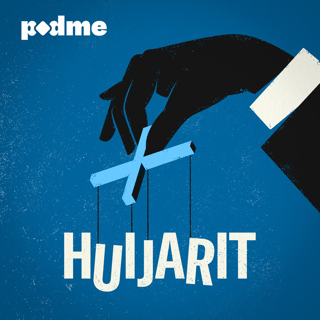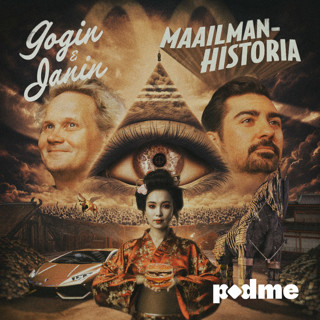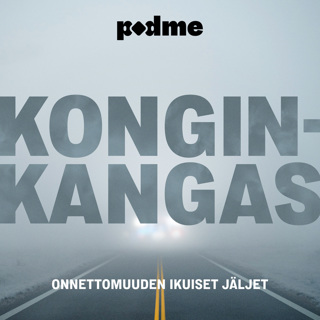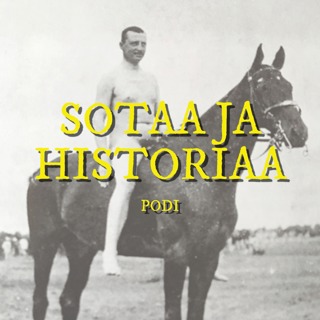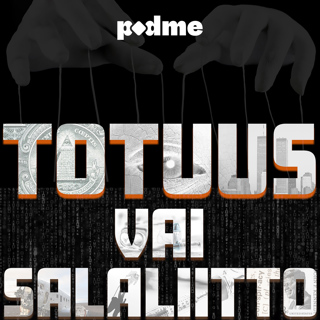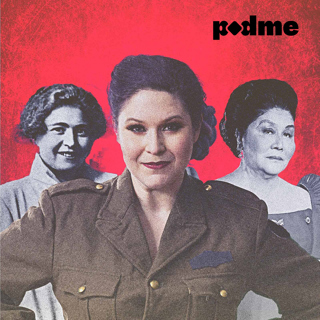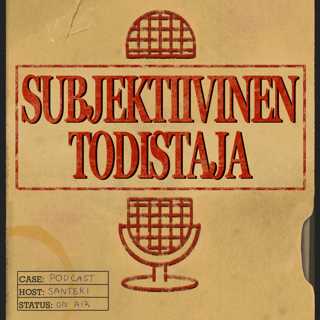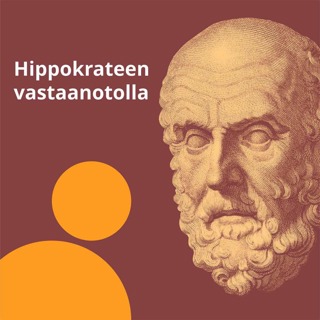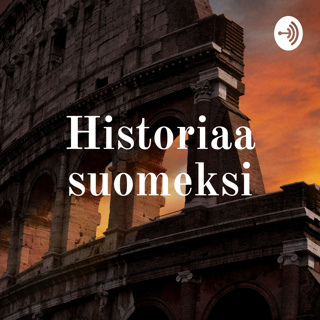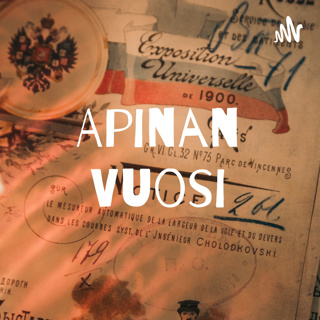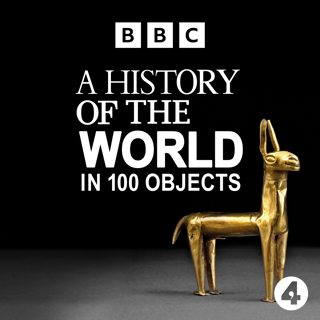
Arabian bronze hand
Throughout this week Neil MacGregor is looking at how the great faiths were creating new visual aids to promote devotion around the world of 1700 years ago. Having looked at emerging images from Hinduism, Zoroastrianism, Christianity and Buddhism he turns his attention to the religious climate of pre-Islamic Arabia. The story is told through a life sized bronze hand cut at the wrist and with writing on the back. It turns out to be not a part of a god but a gift to a god in a Yemeni hill village. Neil uses this mysterious object to explore the centrality of Arabia at this period, with its wealth of local gods and imported beliefs. The hand surgeon Jeremy Field considers whether this was the modelled from a real human hand while the religious historian Philip Jenkins reflects on what happens to the old pagan gods when a brand new religion sweeps into town. Proudcer: Anthony Denselow
4 Kesä 201014min

Hinton St Mary Mosaic
This week Neil MacGregor is exploring how many of the great religions, less than 2000 years ago, began creating sophisticated new images to aid prayer and focus devotion. Many of the artistic conventions created then are still with us. In today's programme Neil MacGregor introduces us to one of the earliest known images of the face of Christ. This life sized face is part of a much bigger mosaic. It was made somewhere around the year 350 and was found not in a church but on the floor of a Roman villa in Dorset. What does this astonishing survival say about the state of Christianity at this time and what sort of Christ was imagined in Roman Britain? The historians Dame Averil Cameron and Eamon Duffy help paint the picture. Producer: Anthony Denselow
3 Kesä 201013min

Silver plate showing Shapur II
Throughout this week Neil MacGregor is describing how people across the globe around 1700 years ago found new images to express their religious beliefs. Today's object is a dramatic visualisation of power and faith in 4th Century Iran. It is a silver plate that shows King Shapur II out hunting deer. Neil describes how this apparently secular image reveals the beliefs of the day, when the king was seen as the agent of god and the upholder of the state religion - Zoroastrianism. How might we read this hunting scene as a religious image? And why did the belief system of such a powerful dynasty fail to become a dominant world religion? With contributions from the historian Tom Holland and the Iranian art historian Guitty Azarpay.Producer: Anthony Denselow
2 Kesä 201014min

Gold coin of Kumaragupta I
This week Neil MacGregor is exploring how several of the great religions around the world, less than 2000 years ago, began creating sophisticated new images to represent their beliefs and their deities. Many of the images created then are still with us today and remain essential forms of veneration. These include the images of the gods and goddesses of Hinduism, whose recognisable modern form can be seen on coins from the Gupta empire which flourished in India from around 320 to 550 AD. The Gupta period is regarded by many Indians as a golden age, a time when Indian cultural life and religion came together to create temples and texts that are central to Hinduism today. The growing sophistication of the time is explored with the help of the historian Romila Thapar and the Hindu cleric Shaunaka Rishi Das Producer: Anthony Denselow
1 Kesä 201014min

Seated Buddha from Gandhara
This week the history of the world as told through one hundred objects is looking at how the world's great religions began trying to find the perfect way to visually express the divine, less than 2000 years ago. Today, Neil MacGregor looks at how a stone sculpture from modern day Pakistan can tell us about how Buddhism set about creating the classic image to represent the real life Buddha who lived and roamed around North India in the 5th Century BC. It was not until over five hundred years later when the classic seated image of the Buddha was first formulated. Before then the Buddha was represented only by symbols. How did the Buddha image come about and why do we need such images? The Dalai Lama's official translator, Thupten Jinpa, and the historian Claudine Bautze-Picron help explain.Producer: Anthony Denselow
31 Touko 201013min

Hoxne pepper pot
Neil MacGregor's world history told through objects at the British Museum arrives in Britain at the time of the Roman collapse. Throughout this week he has been looking at how different cultures around the globe were pursuing pleasure, roughly 2000 years ago, from smoking in North America to team sports in Central America. Today, Neil looks at how the elite of Roman Britain sustained their appetite for luxury goods and good living in the years before their demise. He tells the story through a silver pepper pot that was discovered as part of a buried hoard - hidden possibly by Romans on the run. He describes the ambitions of the elite in Roman Britain and how they satisfied their particular taste for pepper, with contributions from the food writer Christine McFadden and historian Roberta Tomber. Producer: Anthony Denselow
28 Touko 201014min

Admonitions Scroll
Throughout this week, Neil MacGregor has been exploring pleasure and recreation across the world of 200 years ago. Today he arrives in China to explore a painting based on a poem that attempts to define the proper behaviour for women during the tumultuous time that followed the collapse of the Han Empire. This eleven foot long scroll offers a guide to manners along well established Confucian principles. Neil MacGregor tells the story of the scroll and finds out what it is was about women's behaviour that was so worrying men of the period. The historian Shane McCausland, the politician Charles Powell, and the Chinese art expert Jan Stuart help paint the picture. Producer: Anthony Denselow
27 Touko 201014min

Ceremonial ballgame belt
Neil MacGregor's history of humanity as told through one hundred objects that time has left behind. This week he is looking at objects of leisure and pleasure around the world about 2000 years ago. How were we amusing ourselves back then? Today's object is a large stone belt, a heavyweight ceremonial version of the leather and fibre padding that was used in an ancient ball game in central America. This was a game with a rubber ball that dates back as far as three and a half thousand years ago - the world's oldest known organised sport. Neil offers up the rules of the game and describes how it connected players to the realm of their gods. The historian Michael Whittington considers the ritual aspects of the game while the writer Nick Hornby describes how sport straddles the emotional territory between the sacred and the profane.Producer: Anthony Denselow
26 Touko 201014min




